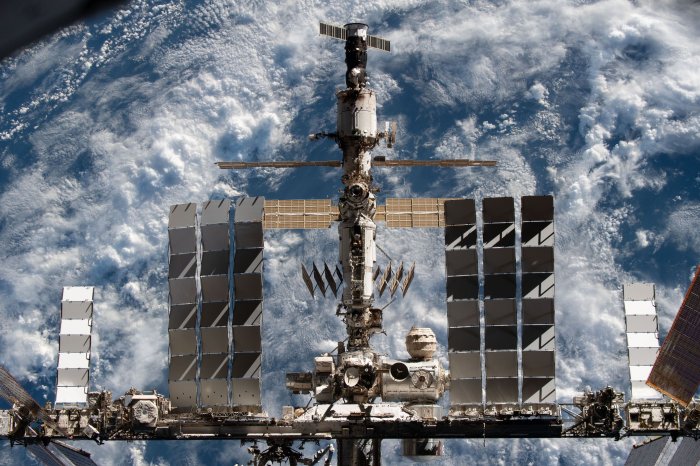1 of 5 | A SpaceX Falcon 9 rocket launches from Launch Complex 39A at Kennedy Space Center in Florida on Thursday, carrying NASA’s Imaging X-ray Polarimetry Explorer spacecraft. Photo by Joel Kowsky/NASA
Dec. 9 (UPI) -- NASA launched a new telescope into orbit early Thursday that should give scientists their best look yet at quasars, pulsars and black holes, among other study targets in our galaxy, in hopes of learning more about how the universe works.
The Imaging X-ray Polarimetry Explorer mission, or IXPE, lifted off from Kennedy Space Center in Florida about 1 a.m. EST.
A collaboration with the Italian Space Agency, the IXPE mission will orbit the Earth as it measures the polarization of X-rays from a variety of cosmic sources.
Such X-rays are invisible waves similar to visible light that can help scientists understand how space objects behave, like black holes and magnetars, which are small collapsed stars that are more magnetic than any other stars in the galaxy.
NASA said the flight went as planned, with spacecraft separating 33 minutes into the flight, allowing it to unfurl its solar arrays a minute later. About 40 minutes after launch, IXPE entered its orbit around Earth's equator some 372 miles above the Earth.
"IXPE represents another extraordinary first," Thomas Zurbuchen, NASA associate administrator for the Science Mission Directorate, said in a statement.
"Together with our partners in Italy and around the world, we've added a new space observatory to our fleet that will shape our understanding of the universe for years to come."
The mission is carrying three state-of-the-art space telescopes with special polarization-sensitive detectors. NASA said polarization is a property of light that holds clues to the environment where the light originates.
"It is an indescribable feeling to see something you've worked on for decades become real and launch into space," Martin Weisskopf, IXPE principal investigator at NASA's Marshall Space Flight Center in Huntsville, Ala., said in a statement Thursday.
Additional reporting by Paul Brinkmann
The International Space Station is pictured from the SpaceX Crew Dragon Endeavour during a flyaround of the orbiting lab that took place following its undocking from the Harmony module’s space-facing port on November 8. Photo courtesy of NASA
















